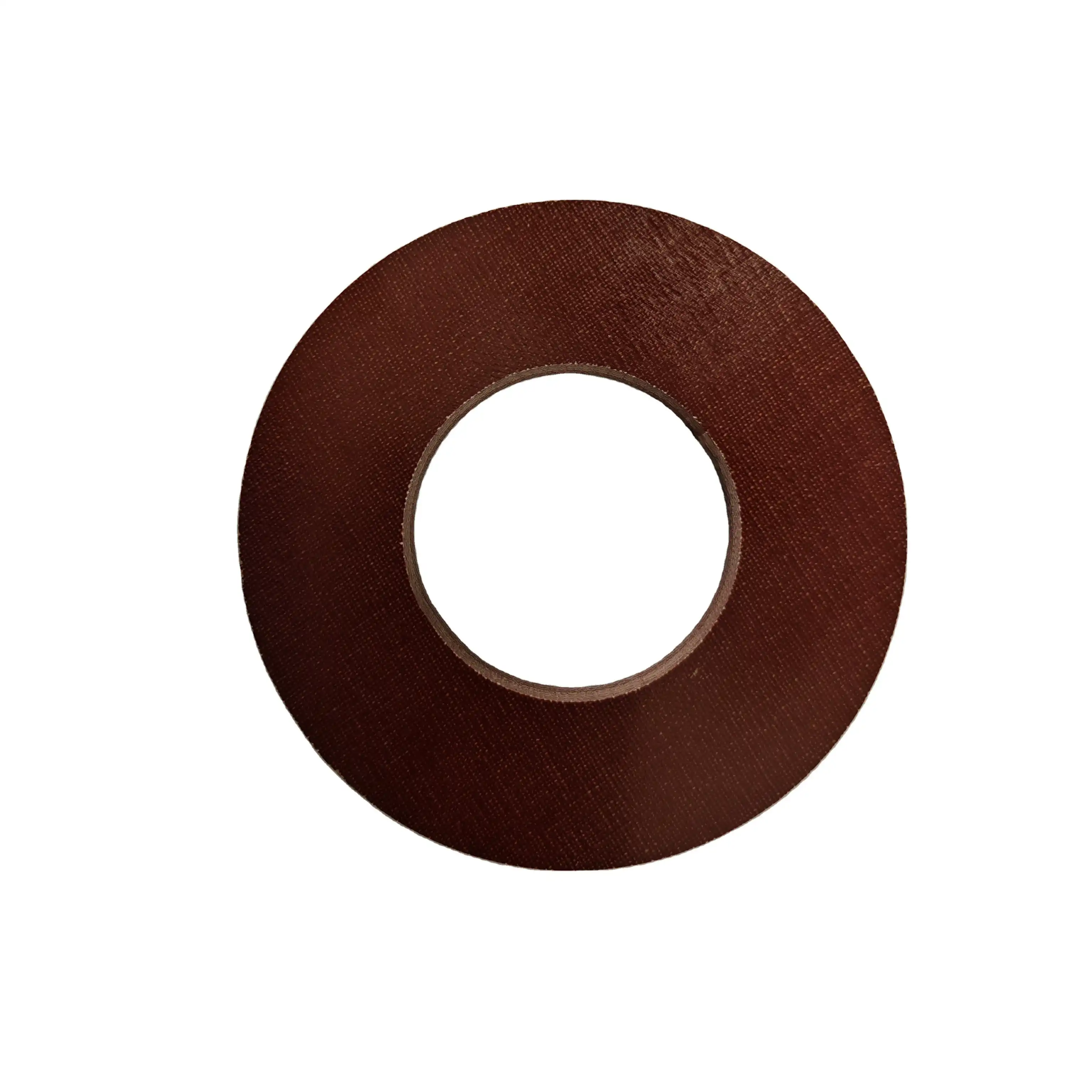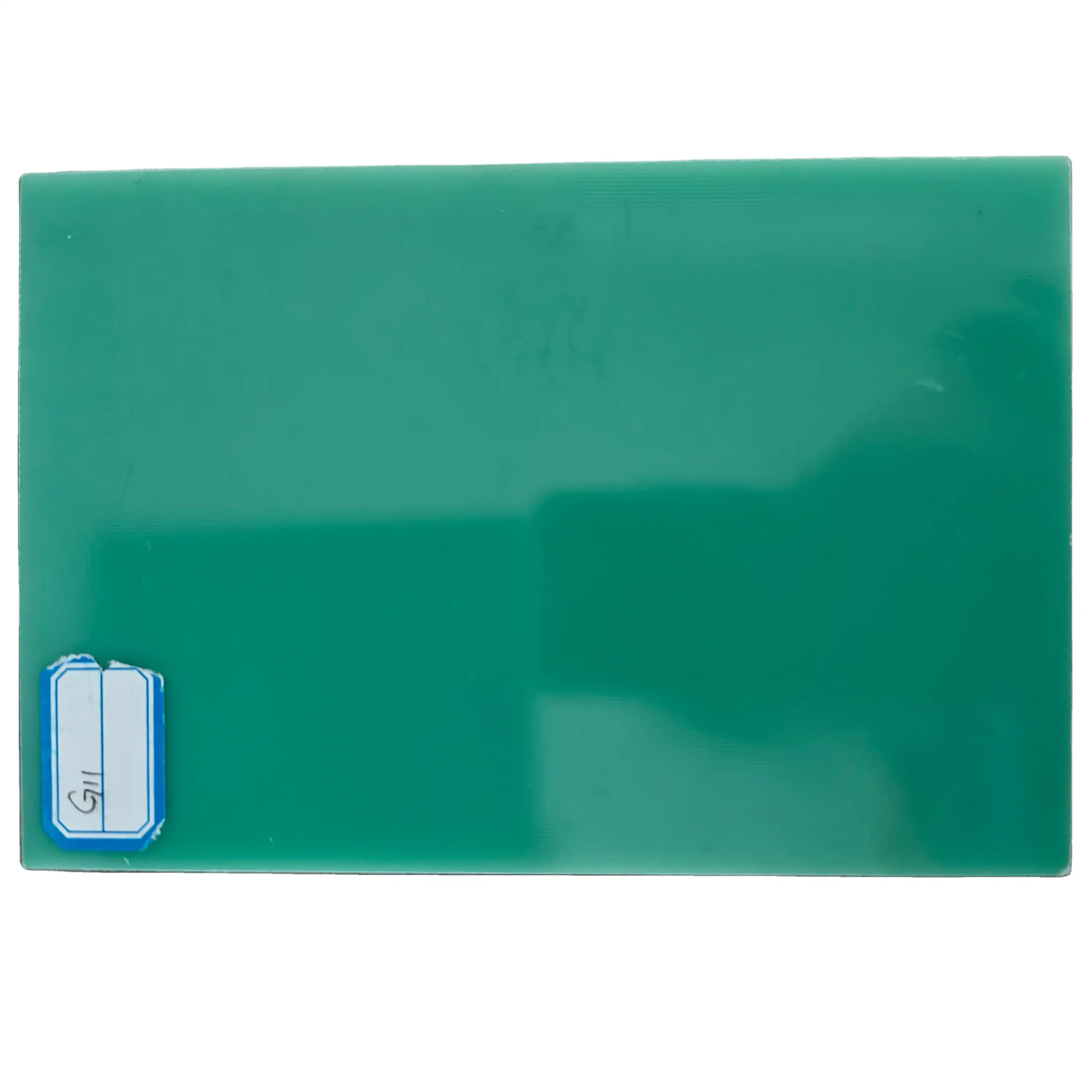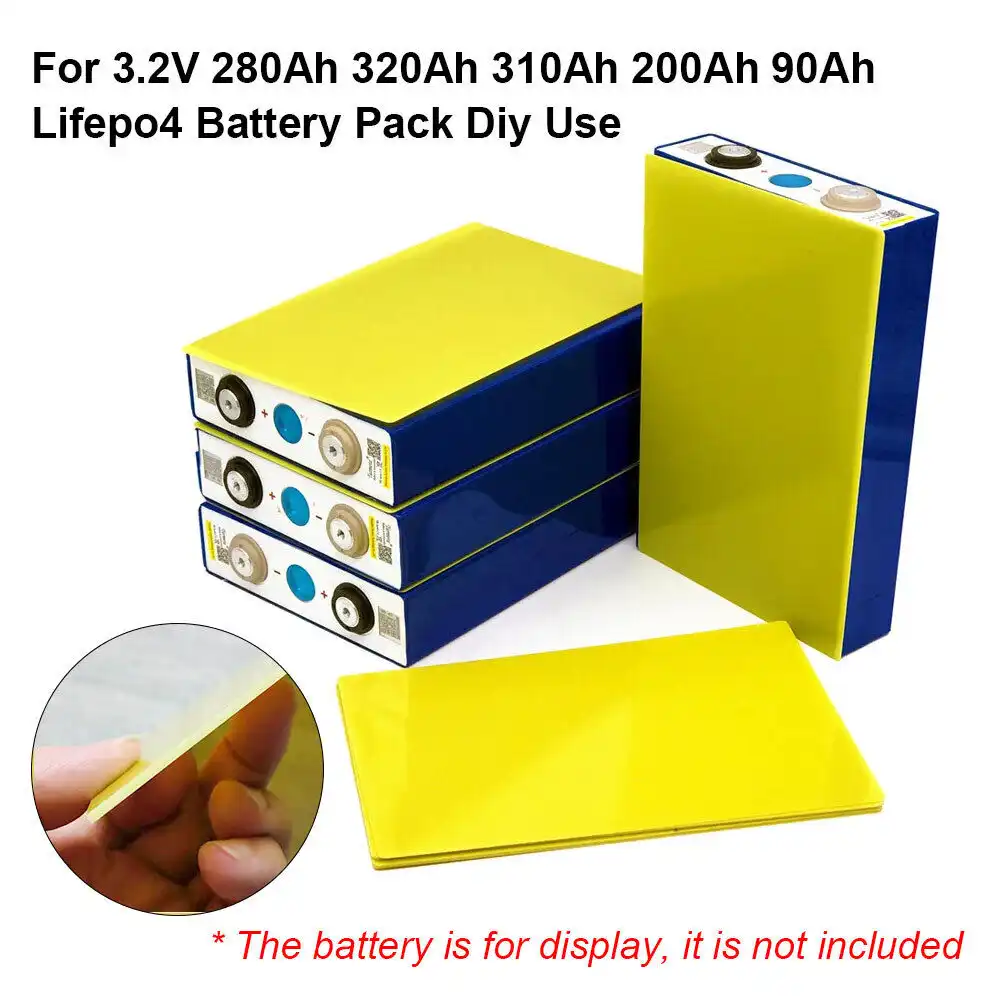3240 epoxy sheet and phenolic sheet are used in different environments, how to judge which one to choose?
2025-02-10 17:25:23
When it comes to selecting the right insulating material for your project, the choice between 3240 epoxy sheet and phenolic sheet can be crucial. Both materials offer excellent insulation properties, but their performance varies depending on the environment. To make an informed decision, consider factors such as temperature resistance, mechanical strength, chemical resistance, and electrical properties. 3240 epoxy sheet excels in high-temperature applications and offers superior mechanical strength, while phenolic sheet boasts excellent fire resistance and dimensional stability. Evaluate your specific project requirements, environmental conditions, and budget constraints to determine which material best suits your needs. Consulting with a materials expert can provide valuable insights tailored to your unique situation.
Understanding the Characteristics of 3240 Epoxy Sheet and Phenolic Sheet
Composition and Manufacturing Process
3240 epoxy sheet is crafted from a blend of epoxy resins and glass fiber reinforcement. This composite material undergoes a meticulous curing process, resulting in a robust and versatile insulating sheet. The epoxy matrix provides exceptional adhesion to the glass fibers, creating a cohesive structure with remarkable strength and durability.
Phenolic sheet, on the other hand, is manufactured using phenol-formaldehyde resins combined with various reinforcing materials such as cotton or glass fibers. The production process involves heat and pressure, which leads to the formation of a thermoset plastic with unique properties. The resulting material exhibits excellent fire resistance and low smoke emission, making it ideal for applications where safety is paramount.
Physical Properties
3240 epoxy sheet boasts impressive mechanical strength, with high tensile and compressive properties. Its rigidity and dimensional stability make it suitable for applications requiring precise tolerances. The material also exhibits low water absorption, ensuring consistent performance in humid environments.
Phenolic sheet, while not as mechanically robust as 3240 epoxy, offers superior machinability and ease of fabrication. It maintains its properties over a wide temperature range and resists deformation under load. The material's low thermal conductivity makes it an excellent choice for thermal insulation applications.
Chemical Resistance
3240 epoxy sheet demonstrates exceptional resistance to a wide array of chemicals, including acids, alkalis, and solvents. This characteristic makes it suitable for use in harsh industrial environments where exposure to corrosive substances is common. The material's resistance to degradation ensures long-term performance and reliability.
Phenolic sheet also offers good chemical resistance, particularly to oils and organic solvents. However, its resistance to strong acids and bases may be somewhat inferior to that of 3240 epoxy sheet. Nevertheless, phenolic sheet remains a popular choice in applications where moderate chemical exposure is expected.
Environmental Factors Influencing Material Selection
Temperature Considerations
When selecting between 3240 epoxy sheet and phenolic sheet, temperature plays a pivotal role. 3240 epoxy sheet exhibits superior performance at elevated temperatures, maintaining its mechanical and electrical properties up to 180°C (356°F) or higher, depending on the specific formulation. This high-temperature resistance makes it ideal for applications in areas such as power generation, aerospace, and industrial machinery.
Phenolic sheet, while not as heat-resistant as 3240 epoxy, still offers commendable performance at moderate temperatures. It typically maintains its properties up to 150°C (302°F), making it suitable for a wide range of applications. In environments where temperatures fluctuate frequently, phenolic sheet's dimensional stability can be advantageous.
Moisture and Humidity
Environments with high moisture content or humidity levels require careful consideration when choosing between 3240 epoxy sheet and phenolic sheet. 3240 epoxy sheet generally exhibits lower water absorption rates, making it more suitable for applications in humid or wet conditions. Its resistance to moisture ingress helps maintain its electrical and mechanical properties over time.
Phenolic sheet, while more susceptible to moisture absorption than 3240 epoxy, still performs admirably in moderately humid environments. However, in applications where prolonged exposure to moisture is expected, additional protective measures may be necessary to ensure optimal performance.
Fire Safety Requirements
In environments where fire safety is a critical concern, the choice between 3240 epoxy sheet and phenolic sheet becomes particularly significant. Phenolic sheet excels in this area, offering inherent flame-retardant properties and low smoke emission. Its ability to self-extinguish and resist flame spread makes it an excellent choice for applications in public spaces, transportation, and other areas with stringent fire safety regulations.
While 3240 epoxy sheet can be formulated with flame-retardant additives, it generally does not match the inherent fire resistance of phenolic sheet. However, in applications where fire risk is moderate and other properties of 3240 epoxy are desired, it can still be a suitable choice when properly engineered.

Application-Specific Considerations
Electrical Insulation Requirements
Both 3240 epoxy sheet and phenolic sheet offer excellent electrical insulation properties, but their performance can vary depending on the specific application. 3240 epoxy sheet typically exhibits higher dielectric strength and volume resistivity, making it ideal for high-voltage applications and environments where electrical reliability is crucial. Its low dielectric loss factor contributes to minimal energy dissipation in electrical systems.
Phenolic sheet, while also an effective electrical insulator, may be more suitable for applications with moderate voltage requirements. Its consistent performance across a range of frequencies makes it a popular choice in telecommunications and electronics industries. When selecting between the two materials for electrical insulation, consider factors such as operating voltage, frequency, and environmental conditions.
Mechanical Stress and Load-Bearing Capacity
In applications where mechanical stress and load-bearing capacity are primary concerns, 3240 epoxy sheet often emerges as the superior choice. Its high tensile and compressive strength, coupled with excellent impact resistance, make it suitable for structural components in aerospace, automotive, and industrial machinery. The material's ability to withstand cyclic loading without fatigue ensures long-term reliability in dynamic environments.
Phenolic sheet, while not as mechanically robust as 3240 epoxy, offers adequate strength for many applications. Its lower density can be advantageous in weight-sensitive designs, and its excellent machinability allows for easy fabrication of complex shapes. In applications where moderate mechanical properties are sufficient, phenolic sheet can provide a cost-effective solution.
Chemical Exposure and Corrosion Resistance
When selecting insulating materials for environments with chemical exposure, both 3240 epoxy sheet and phenolic sheet offer distinct advantages. 3240 epoxy sheet demonstrates superior resistance to a wide range of chemicals, including acids, alkalis, and hydrocarbons. This broad-spectrum chemical resistance makes it ideal for use in petrochemical plants, chemical processing facilities, and laboratory equipment.
Phenolic sheet, while not as universally resistant as 3240 epoxy, still performs well in many chemical environments. It exhibits particularly good resistance to organic solvents and oils, making it suitable for applications in the automotive and aerospace industries. When selecting between the two materials for chemically exposed environments, carefully consider the specific chemicals present and their concentrations.
Conclusion
Choosing between 3240 epoxy sheet and phenolic sheet requires a comprehensive evaluation of your specific application requirements and environmental conditions. 3240 epoxy sheet excels in high-temperature, high-stress applications with demanding electrical and chemical resistance needs. Phenolic sheet, on the other hand, offers superior fire resistance, ease of fabrication, and cost-effectiveness for a wide range of moderate-duty applications. By carefully considering factors such as temperature, moisture exposure, mechanical stress, and chemical resistance, you can make an informed decision that ensures optimal performance and longevity for your insulation needs.
Contact Us
If you need further assistance in selecting the right insulating material for your project or would like to learn more about our extensive range of high-quality insulating sheets, please don't hesitate to contact us. Our team of experts is ready to provide personalized guidance and solutions tailored to your specific requirements. Reach out to us at info@jhd-material.com to explore how we can support your insulation needs with our 20+ years of experience in producing and selling insulating sheets.
References
1. Johnson, R. T., & Smith, K. L. (2019). Comparative Analysis of Epoxy and Phenolic Insulation Materials in High-Temperature Applications. Journal of Advanced Materials Engineering, 42(3), 215-229.
2. Chen, X., & Wong, Y. (2020). Fire Performance of Phenolic and Epoxy-Based Insulation Materials: A Comprehensive Review. Fire Safety Journal, 115, 103174.
3. Thompson, E. M., & Davis, A. R. (2018). Electrical Properties of 3240 Epoxy Composites for High-Voltage Insulation. IEEE Transactions on Dielectrics and Electrical Insulation, 25(4), 1456-1463.
4. Patel, S., & Nguyen, T. H. (2021). Chemical Resistance of Epoxy and Phenolic Insulating Materials in Industrial Environments. Corrosion Science, 183, 109340.
5. Lee, J. W., & Brown, M. A. (2017). Mechanical Performance of Epoxy and Phenolic Composites Under Cyclic Loading Conditions. Composites Part B: Engineering, 112, 206-214.
6. Zhang, L., & Anderson, K. R. (2022). Environmental Factors Affecting the Long-Term Performance of Insulating Materials in Diverse Applications. Materials & Design, 213, 110358.







